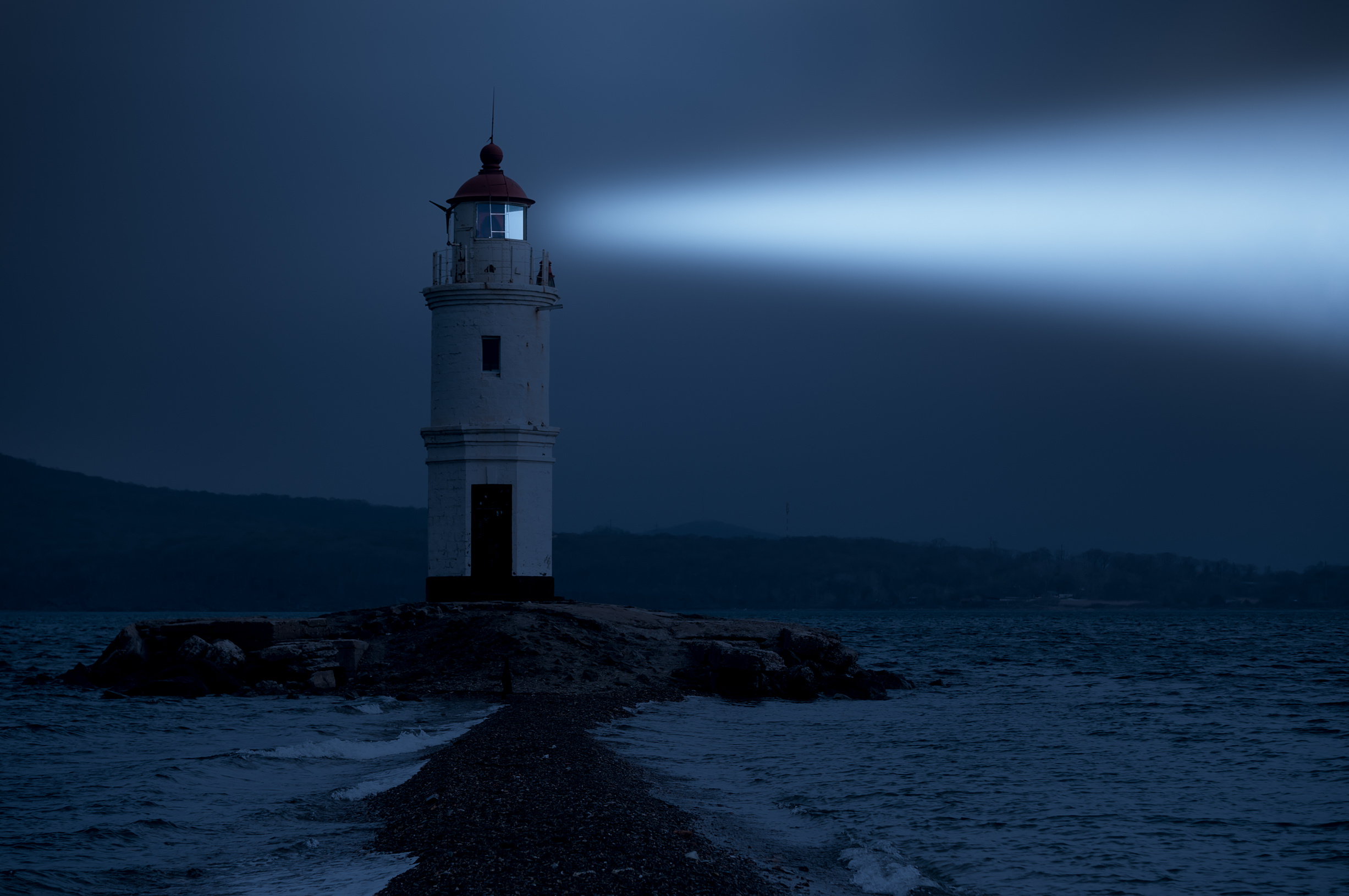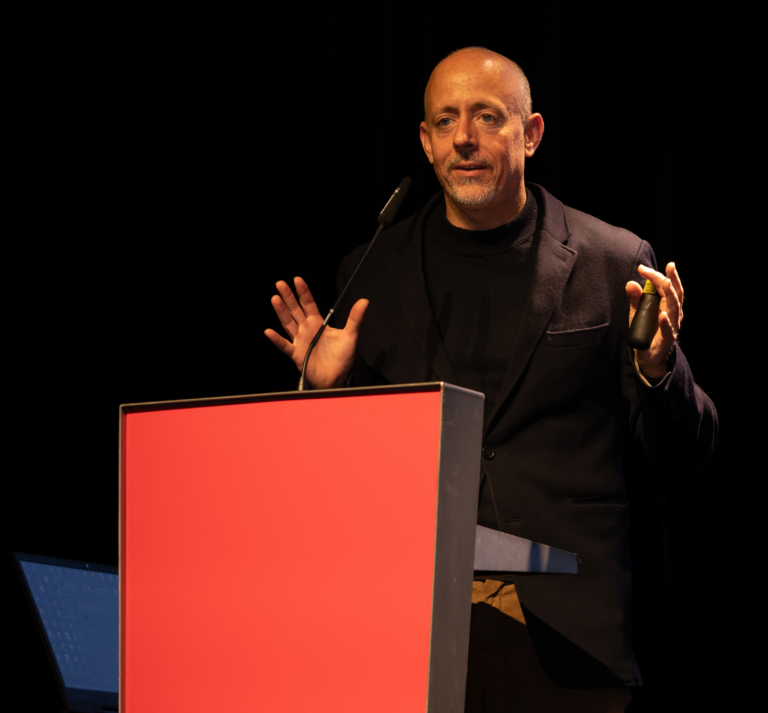
Thriving in Disruption: Lessons from the European Resilience Summit
Why Resilience, Not Sovereignty
Why Resilience, Not Sovereignty
The European Resilience Summit in Berlin began with a simple shift in perspective: resilience, not sovereignty, should guide us. Sovereignty in a globalised and digitised world often creates anxiety, the sense that unless we control everything, we are exposed. Resilience reduces this anxiety by focusing on what we can do together. It means thriving in times of disruption. It means being the change, not waiting for it. And it means recognising that Europe’s future will be secured not by isolation, but by processes, trust, and networks.
What We Asked
The summit unfolded around four guiding questions, each designed to separate dimensions that often blur together in public debate. This separation matters: some participants are convinced open source is the answer, others trust hyperscalers. But by slicing the questions, we discovered shared ground — that both dimensions must be advanced.
- How do we harden organisations without closing them off?
- How do we build resilient industries in Europe’s critical sectors?
- How do we integrate global platforms on Europe’s terms?
- How do we foster a shared culture of resilience?
These questions are not theoretical. They are practical lenses to think about human resilience, institutional resilience, and ultimately societal resilience at the European level.
How We Worked
We heard from a range of voices from across the political, industrial and research sectors. Gerald and Francesca Knaus reminded us that the European project itself is under greater threat than at any time since 1949. Drawing on their forthcoming book, 'Wie wir Europa retten können', they argued that Europe has always been defended by individuals shaped by traumatic experiences — people like Jean Monnet, who transformed his own trauma into creativity. Francesca brought this into the present day by sharing the stories of her friends in Georgia and Ukraine who are committed to democracy yet lead ordinary lives. This served as a reminder that resilience starts with people.
Ammar Alkassar and Ralf Schneider (Allianz) then grounded the discussion in institutions. Ralf explained how Allianz has made resilience the foundation of its profitable growth strategy, demonstrating how core business and resilience can reinforce each other. Ammar then placed this in the context of Germany’s responsibilities within Europe.
Udo Riedel explained the five elements of the NIST Cybersecurity Framework in full: identify, protect, detect, respond and recover. He argued that the first two are particularly important because, without knowing which people, devices and applications are changing or accessing organisational data, it is impossible to achieve true resilience. While hardening these attack vectors is essential, this does not mean making them impenetrable. Sometimes softer defences work best. Just as Ukrainian tanks are protected from drones by improvised bird netting, organisations must also think creatively and implement layered protections that make attacks more difficult without assuming perfect security.
Ferdinand Gehringer and Johannes Steger, authors of 'Deutschland im Ernstfall', encouraged us to consider wartime scenarios, not to cause alarm, but to prevent escalation through preparation. In 'Die Stunde der Nashörner', Ansgar Baums argued that supply chains now deserve board-level attention as they are among the most fragile elements of resilience in a turbulent world.
Cristina Caffarra and Francesco Bonfiglio debated how Europe might scale up cloud services to hyperscaler level with the Eurostack. Stefan Pauly reminded us that public procurement can increase sovereignty gradually, not through 'silver bullets' but through smart contracting. Peter Parycek, meanwhile, pointed to the challenge of media resilience in an environment where more than half of advertising revenue now goes to individual influencers, proposing new alliances between public and private media.
Integrating the Global
Perhaps the most delicate discussions were had with Rebekka Weiß (Microsoft) and Mustafa Isik (AWS). Together, we explored how global platforms could increase, rather than reduce, European resilience. They shared concrete architectural and organisational measures, ranging from Microsoft’s EU Data Boundary to AWS’s European Sovereign Cloud, but also spoke candidly about their interactions with regulators and customers and how these shaped their approach. Their message was clear: resilience cannot be built in isolation. Rather, it emerges from technical safeguards, transparent governance and a willingness to be accountable to European standards.
Addressing the Four Questions
Throughout these discussions, all four summit questions were thoroughly explored. We explored how organisations can strengthen themselves by focusing on people, devices, applications, and data. We debated how industries in AI, cloud computing, energy and defence could grow without duplicating effort. We explored how global platforms such as AWS and Microsoft could be integrated on European terms to strengthen rather than weaken sovereignty. Finally, we saw how community itself, from research alliances to late-night conversations, is the bedrock of a shared European culture of resilience.
Later that evening at Soho House, Paul Hammer reminded us of another layer of resilience. Standing among participants on the rooftop terrace, he made the point that community is not an afterthought but a strategic resource. Trust networks are built in moments of peace, through parties, conversations, and friendships and it is precisely these bonds that allow us to learn from each other in calm times and to stand together in crises. His intervention captured the spirit of the summit: resilience is as much about people as it is about processes and technologies.
Emerging Principles
These debates led to the emergence of principles of engagement that shaped the manifesto we discussed on the second day.
Resilience begins with people. It grows through institutions. It becomes societal when both reinforce each other.
Thriving in times of disruption requires honest acknowledgement of vulnerabilities, willingness to collaborate across borders and sectors, and discipline to turn ideas into action. Openness is also required because resilience cannot be hoarded or isolated; it grows stronger the more it is shared. Finally, resilience demands that we think in terms of flows rather than walls and manage interdependencies instead of pretending they can be wished away.
What comes next?
This summit was just the beginning. In Berlin, we established a network of practitioners: leaders, thinkers and builders who take action despite anxiety. The journey continues: Next up are Paris in December, London in March, The Hague and Vienna in early summer, and Berlin again in September 2026.
Resilience cannot be declared. It must be practised. That is what we set out to do. Get in touch if you would like to join us.
The content and views expressed in this report represent solely those of the author and should not be attributed to the TUM Think Tank as an institution or to its affiliated members.



